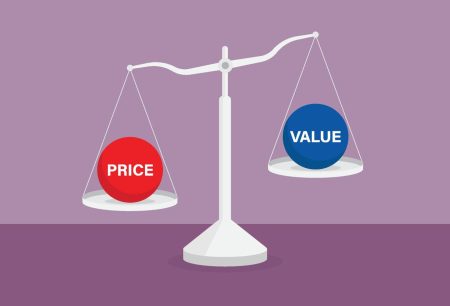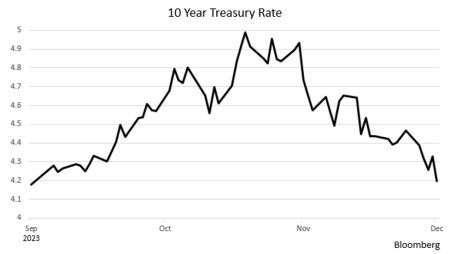Global demand for platinum is expected to climb sharply this year, contributing to the largest annual deficit for the metal on record, according to a quarterly report from the World Platinum Investment Council released Wednesday.
A combination of flat supply and strong year-on-year growth in demand is driving the more than 1 million-ounce deficit expected in this year’s global platinum supply, Edward Sterck, director of research at the WPIC, told MarketWatch.
Total platinum demand is expected to climb by 27% in 2023, to an estimated 8.23 million ounces, while total supplies are expected to barely budge from last year to stand at 7.224 million ounces, the report said.
The platinum market is forecast to see a deficit of 1.005 million ounces this year — “the largest deficit on record in terms of both absolute ounces and as a percentage of annual demand,” the WPIC said in a press release based on its report. The market saw supply surpluses in 2021 and 2022.
“ The platinum market is forecast to see a deficit of 1.005 million ounces this year — “the largest deficit on record in terms of both absolute ounces and as a percentage of annual demand.” ”
The electricity shortage in South Africa has helped to limit mine supply, Sterck said.
Strong year-on-year demand growth in automotive and industrial uses has also added to continued positive investment demand, the WPIC report said.
Demand from the automotive sector is forecast to climb by 13% from a year ago to 3.28 million ounces, while industrial demand is likely to see a 14% increase to 2.67 million ounces, the report said.
Increased vehicle production, with global light-duty vehicle and heavy-duty vehicle production forecast to grow by 6% and 7%, respectively, the ongoing substitution of platinum for palladium and higher platinum group metal loadings have driven automotive platinum demand higher this year, it said. The CME Group defines loadings as the quantity of metal used in an emissions-control system.
Meanwhile, investment in platinum bars and coins are forecast to see a 45% increase from a year ago to 326,000 ounces, the report said.
“One of the biggest drivers is a switch from investors selling in Japan previously to positive investment demand,” said Sterck. “Bars and coins are readily understood by consumers and easier to store than platinum sponge,” which is defined as a porous form of the metal that can absorb a large amount of gas so it can be used as a catalyst in gas reactions.
On Comex, most-active platinum futures
PL00,
settled as high as $1,138.70 an ounce in April, according to data from FactSet. As of Tuesday, they’re trading 13.8% higher year to date, with platinum for October delivery
PLV23,
settling at $933.50 an ounce.
Looking ahead, Sterck said green hydrogen is the “most important end market for platinum.”
Read archived story: Electric vehicle market growth is a blessing for some metals — and not a big worry for oil
Platinum catalysts are used in the proton exchange membrane electrolysers used for producing green hydrogen, as well as in the fuel cells that recombine green hydrogen with atmospheric oxygen to produce water and electricity, he explained.
Hydrogen is expected to be a “key energy vector for global decarbonization,” said Sterck, though he admitted it’ll be growing from a small base.
The World Platinum Investment Council estimates that up to a third of platinum demand will be from green hydrogen at some point in the late 2030s, he said.
Read the full article here















